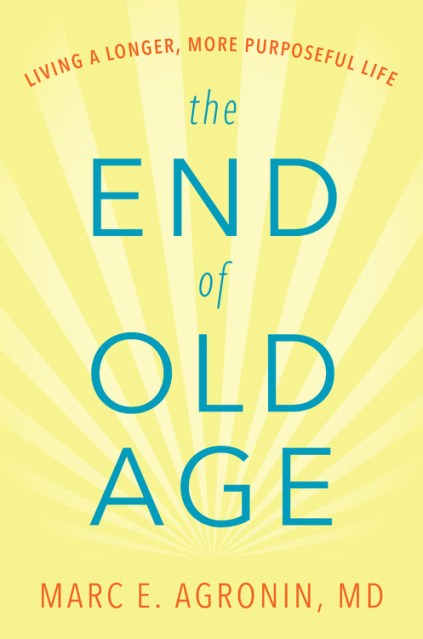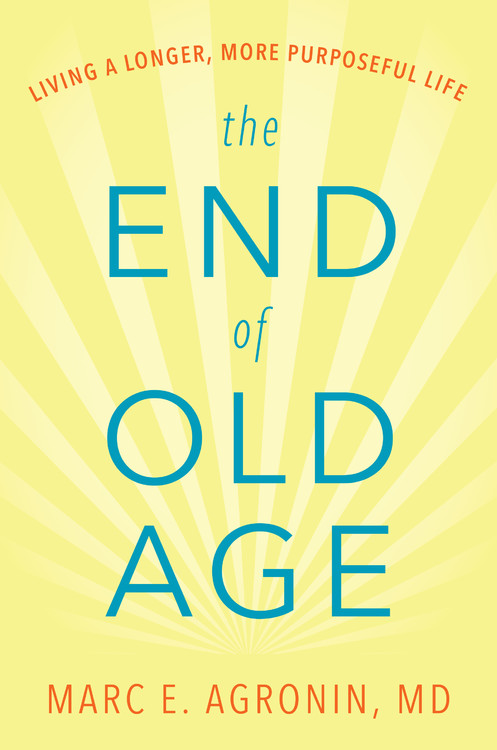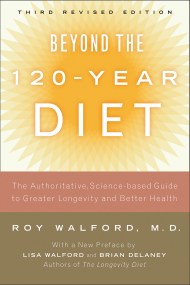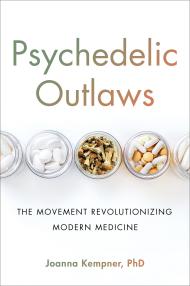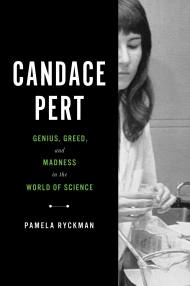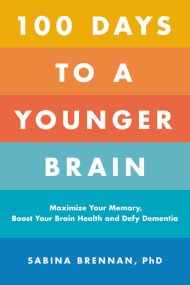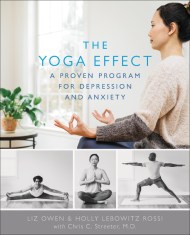Promotion
25% off sitewide. Make sure to order by 11:59am, 12/12 for holiday delivery! Code BEST25 automatically applied at checkout!
By clicking “Accept,” you agree to the use of cookies and similar technologies on your device as set forth in our Cookie Policy and our Privacy Policy. Please note that certain cookies are essential for this website to function properly and do not require user consent to be deployed.
The End of Old Age
Living a Longer, More Purposeful Life
Contributors
Formats and Prices
- On Sale
- Jan 16, 2018
- Page Count
- 240 pages
- Publisher
- Balance
- ISBN-13
- 9780738219981
Price
$36.00Price
$46.00 CADFormat
Format:
Hardcover $36.00 $46.00 CADThis item is a preorder. Your payment method will be charged immediately, and the product is expected to ship on or around January 16, 2018. This date is subject to change due to shipping delays beyond our control.
Buy from Other Retailers:
As one of America’s leading geriatric psychiatrists, Dr. Marc Agronin sees both the sickest and the healthiest of seniors. He observes what works to make their lives better and more purposeful and what doesn’t. Many authors can talk about aging from their particular vantage points, but Dr. Agronin is on the front lines as he counsels and treats elderly individuals and their loved ones on a daily basis. The latest scientific research and Dr. Agronin’s first-hand experience are brilliantly distilled in The End of Old Age — a call to no longer see aging as an implacable enemy and to start seeing it as a developmental force for enhancing well-being, meaning, and longevity.
Throughout The End of Old Age, the focus is squarely on “So what does this mean for me and my family?” In the final part of the book, Dr. Agronin provides simple but revealing charts that you can fill out to identify, develop, and optimize your unique age-given strengths. It’s nothing short of an action plan to help you age better by improving how you value the aging process, guide yourself through stress, and find ways to creatively address change for the best possible experience and outcome.
-
"Dr. Agronin is not only a gifted writer and clinician, but also a keen observer of human behavior, whose empathy for his patients goes a long way to break down the ageism that separates the generations."--Gary Small, MD, UCLA Professor of Psychiatry and Aging, and bestselling author of The Memory Bible
-
"The End of Old Age isn't a sugar-coated depiction of growing old. In fact, several of Agronin's patients described in the book suffered debilitating illnesses. Yet many improved once they found a sense of purpose, discarded ingrained beliefs that their days of growth and learning were over or opened their minds to trying new treatments or approaches to life...In The End of Old Age, Agronin offers an action plan to examine our own resilience and wisdom to guide an aging person out of the 'stagnant quo' or age better, even in a challenging situation."A Place for Mom
-
"Offers a hopeful view of aging that will resonate with those in the field...It's also a good book for those who might be feeling burned out working with this population. Agronin's compassion and appreciation for elders will leave readers with renewed enthusiasm for their profession."McKnight's
-
"Inspired and inspiring...Decades of caring for the aged have taught [Dr. Agronin] that it is possible to maintain purpose and meaning in life even in the face of significant disease and disability, impaired mental and physical functioning and limited participation in activities."Jane Brody, New York Times
-
"This book should be on the desk of every geriatric specialist, senior living facility staff member, and senior citizen caretaker. Most senior citizens will also benefit from its wisdom, compassion, and sensible guidelines for successful living at an advanced age...Dr. Agronin's book is nothing less than a manual for moving beyond the negative connotations of aging."Florida Weekly
-
"A guide to growing old with as much grace and vigor as possible...An interesting book that will help older people and those who love them."Seven Ponds blog
-
"Most people are quite familiar with the ravages of aging. This book presents a different message, embracing a positive, integrated perspective that considers the myriad gains in strengths and experiences that aging provides."Choice Magazine
-
"The book offers practical advice, interesting narratives, and a sound perspective on how to change one's viewpoint from drudgery to exploring older adult's wealth of knowledge and experience in a positive manner."Portland Book Review
-
"[A] groundbreaking volume...It's definitely unusual to come across an author who wishes that the adjective 'old' could be viewed as a badge of honor or distinction...This inspiring book is nothing less than a blueprint designed to help all of us age better by accepting and celebrating the aging process."Creators Syndicate
Newsletter Signup
By clicking ‘Sign Up,’ I acknowledge that I have read and agree to Hachette Book Group’s Privacy Policy and Terms of Use
